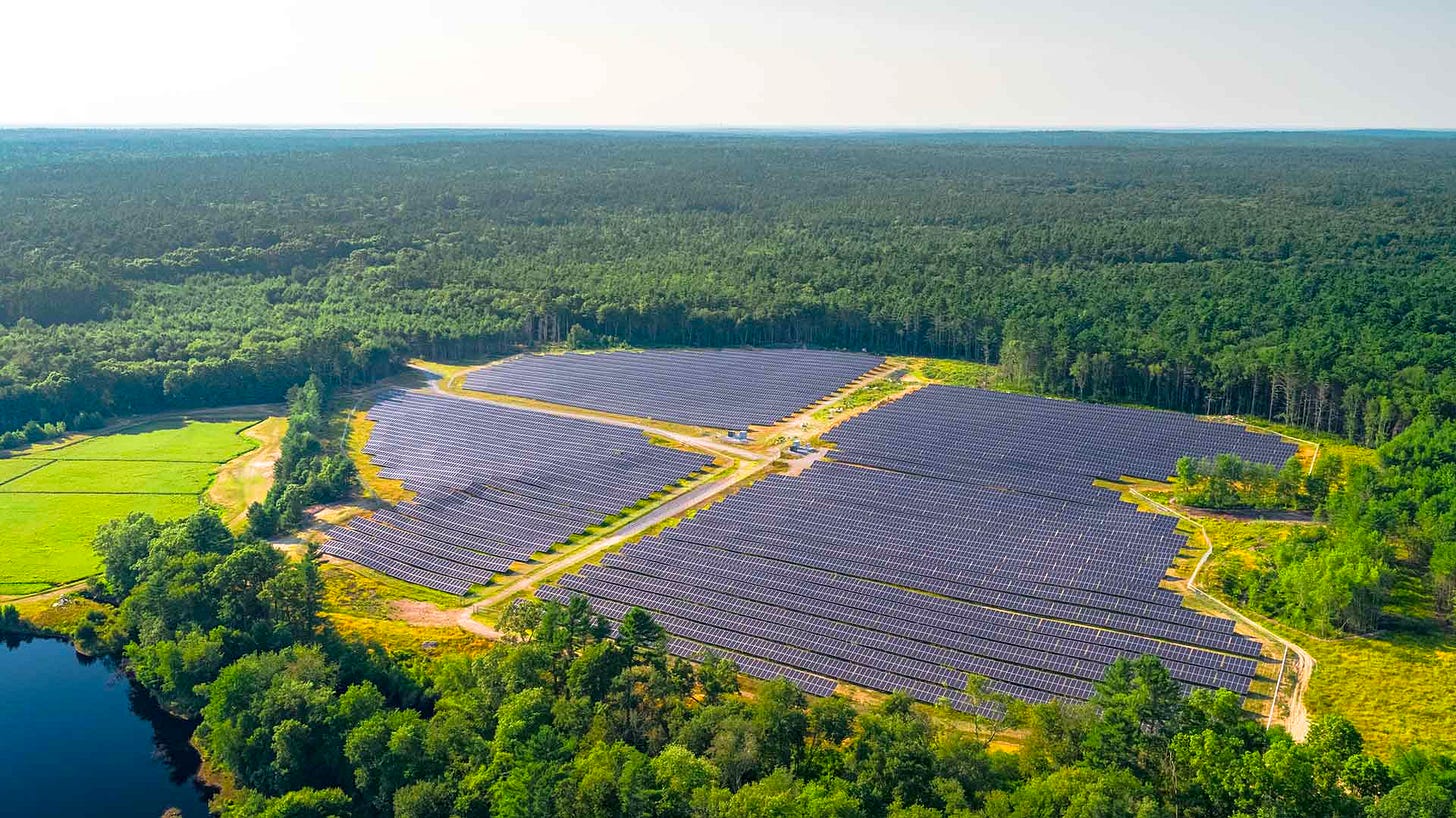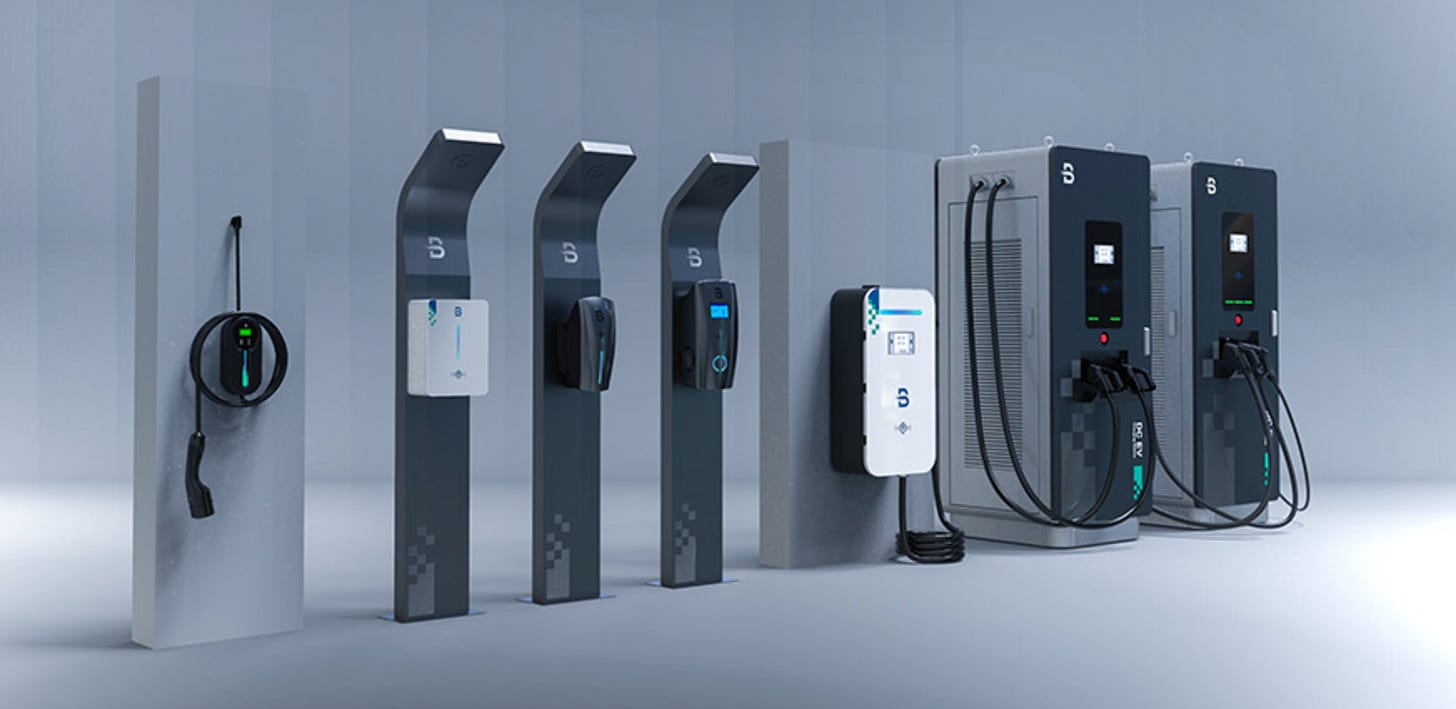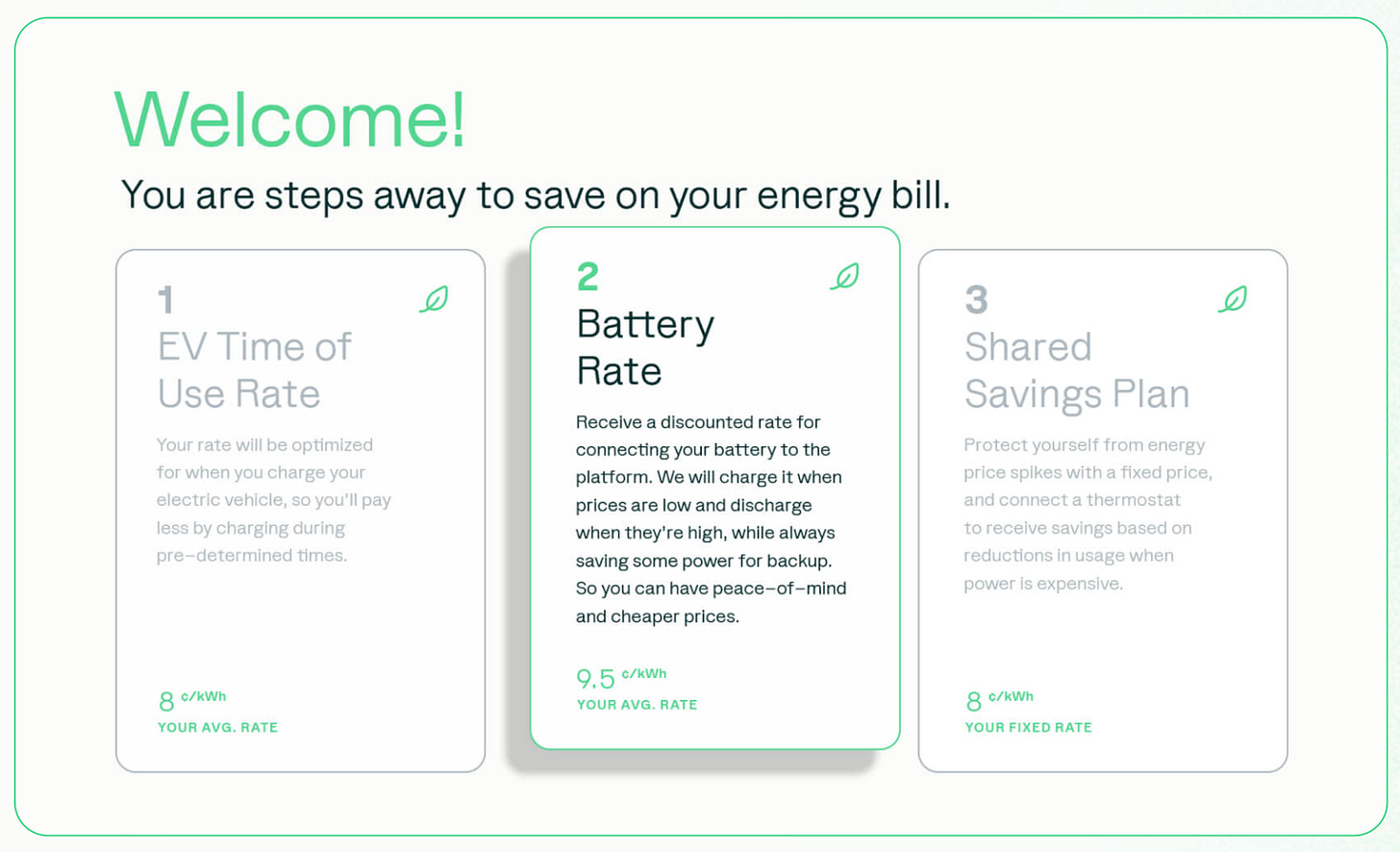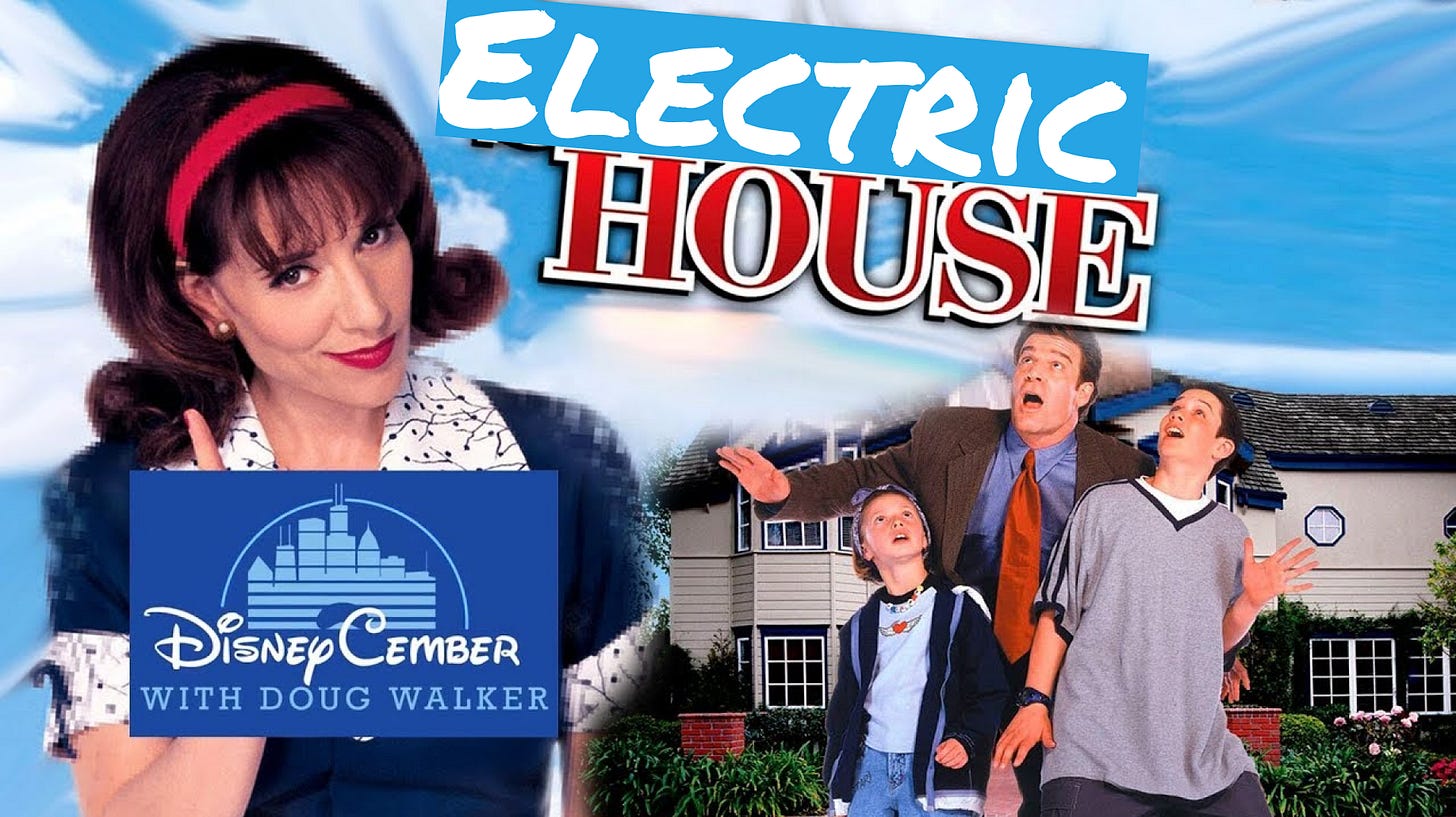Growing up in the 2000s, my guilty pleasure TV show was Extreme Makeover: Home Edition. Every episode would feature a family going through hardship and document the 7-day process of completely renovating their dilapidated home into an extravagant mansion.
I lived vicariously through these kids moving into their dream homes with their pimped out rooms. You’d always get that warm, fuzzy feeling from watching a well-deserving family win an entire home (that also seemed excessively lavish).
It’s now 2023, the show hasn’t aired since 2012, and instead of doing these one-off mansion giveaways, we need to instead electrify every single home; and we need to do it relatively quickly.
Why home electrification
Given the global scale of climate change, it’s useful to first understand the scope of home electrification at a systems level. Globally, residential and commercial buildings are responsible for over one-third of energy-related greenhouse gas (GHG) emissions. Within the US, residential energy use accounts for roughly 20% of GHG emissions. There are over 140 million housing units in the US and that doesn’t even include commercial buildings which functionally need to undergo a similar electrification process.
If we focus on just one home for a second and think about the process to electrify that home, we realize that it’s going to require tens of thousands of dollars, proper paperwork, and multiple contractors to do the manual work. To make a meaningful dent in curbing emissions, home electrification must occur at a massive scale, but at the same time, it’s an inherently local and physical undertaking.
Simply put, home electrification refers to shifting a building’s energy sources to 100% renewably-generated electricity as well as ensuring that all appliances run off of carbon-free energy, often electricity. The energy that magically shows up at our homes from the power plant via transmission lines isn’t always “clean”. Currently, 80% of the electricity generated by utilities is still from carbon sources such as natural gas, petroleum, and coal. The first phase of home electrification is switching to renewably-generated electricity. The second phase calls for swapping out home appliances that consume carbon fuels to those that run off of electricity. Now let’s dive into what home electrification actually entails.
Breaking down home electrification into bite-sized projects
Home electrification is a bit of an umbrella term that involves other climate areas that you would typically think of as their own category such as solar and EV charging. As you navigate your own climate journey, one thing that might stand out is how intertwined all of these industries are.
For energy generation, we typically visualize rooftop solar, but switching to a renewable power plan via your utility’s website or purchasing community solar or wind are also equally viable options. It all comes down to what is available to you and your home.
Storage is often purchased with rooftop solar given the intermittency problem and to gain independence from utilities (like when blackouts happen). The sun doesn’t shine all day and we often aren’t at home during the day to take advantage of that sweet, renewably-generated electricity. To put it straight, the energy curve of solar generation doesn’t perfectly match energy demand in homes. During the day, there’s plenty of sunny rays, but we don’t really need that much since we’re not home. It varies by the seasons, but demand usually gradually peaks at 5pm when we’re back home from work, cooking, watching TV, and cranking up the A/C so that we can fall asleep comfortably. An at-home storage system helps to smooth out the differences between these two curves and maximize the value of solar.
Next up is heating and cooling which includes not just furnace, but also your water heater. Unless you’ve already electrified your home or live in the future, chances are your home’s air and water are still being heated by carbon fuels like natural gas or propane. Switching to a carbon-free solution usually means buying a heat pump, an amazing electricity-powered device that unfortunately suffers from a misleading name because it both heats and cools. Heat pumps have been around for a while now, but adoption has been slow given the lower, subsidized cost of natural gas furnaces. The tide is turning though. A growing flywheel of consumer sentiment, policy incentives, and technology is fueling rapid adoption and subsequent cost reduction. Climate optimists and heat pump aficionados are aiming for a similar trajectory as solar.
Recently, there’s been a lot of chatter on Twitter about stoves. Who would expect such a mundane kitchen appliance to be the center of attention. It turns out there are a few reasons why. Gas cooking can raise the risk of childhood asthma by 42 percent. Earlier this year, a federal agency announced they were considering a ban on gas stoves. Instead, induction stoves use electricity and they boil water 10x faster than a gas stove, look cool, and are better for the environment. They’re also much more energy efficient with 90% of the energy transferred to the food compared to just 40% for gas stoves.
One commonly cited downside of switching to induction is the possibility of having to upgrade your home’s electricity panel to handle a higher voltage (this cost my mom $1K). To mitigate this, Impulse Labs has built an induction stove with a built-in battery which removes the need to upgrade your panel. With greater exposure to health and environmental risks with gas stoves, the world is finally coming around to embrace induction stovetops as the cooking method of the future.
All the hype aside, there are still tangible hurdles that lie ahead beyond generating customer awareness and being cost competitive. Meeting the explosion in demand will require large-scale manufacturing capabilities. Getting the physical product to the home is a logistics puzzle. Lastly, installing the stovetop requires labor (which there is a huge shortage of and will be covered in the next newsletter). There’s a ton of well-deserved excitement around new, innovative hardware. The world will be watching to see how the ambitious vision can be manifested into reality.
If we’re going to try and cover home electrification all in one write-up, then EV charging deserves a mention. By now, it’s clear that the world is transitioning from gas-guzzlers to battery-powered vehicles. With that comes the implication of figuring out how to keep your car fueled up with electrons. While there are EV chargers popping up in retail locations and even on-site at gas stations, the majority of homeowners are still opting for at-home charging. Knowing what type and brand of EV charger to purchase and how to get it installed remains a mystery for homeowners. There’s a plethora of existing options and new products are coming to market as we speak. Today you can google “best EV charger for home” or skim through a Wirecutter article, but you’re still left to install it yourself. To streamline the process, Kopperfield has built a website that offers EV charger recommendations based on your specific situation and then matches you to a local installer who can get the job done. The surge in EV adoption and home electrification more broadly will unlock new use cases. For example, with vehicle-to-grid capabilities, your EV can send electricity in the opposite direction, back to your home for an average of up to two days which comes in handy during power outages.
Insulation is often overlooked since it’s not energy generation, but is also not an appliance. With that said, improving your home’s energy efficiency is relevant because it leads to less consumption which means more savings. While not as glamorous as the visible rooftop solar which your neighbors can see or nifty induction stovetop you can flex to your dinner guests, beefing up your home’s insulation and opting for double-pane windows are good for the environment and your monthly energy bill.
Homeowners inevitably wonder how to actually start once they have the impetus to electrify. There are several devices and home improvements with no formula on which change to start with. The reality is that the individual home electrification sequence is based on your energy consumption level, qualified incentives, and the existing devices in your home. After all, if you just bought a new gas stovetop, you’re probably not going to want to immediately chuck it and go induction. To get started, Rewiring America is a great resource and has a planning chart for electrifying your home.
To make it as easy as possible for the homeowner, startups like David Energy in the US and Ostrom in Germany are offering direct-to-consumer energy plans at cost which nicely aligns incentives. By going straight to the consumer’s energy bill, they’re able to access energy consumption patterns and surface up insights to the homeowner. I asked Karl Villanueva, Co-founder of Ostrom “What do you think the first home upgrade should be as it relates to home electrification?” and this is what he said:
Our view at Ostrom is that for Germany, the first step is getting a smart meter. While other countries like in the Nordics have already 100% smart meter penetration, in Germany, it's in the dismal single-digits (estimates vary). We see that without digitizing and getting real-time feedback on your energy consumption, all the other more expensive electrification moves are not possible. Without a smart meter, your EV cannot charge at the most optimal price. Without a smart meter, your heat pump cannot take advantage of day-ahead prices to pre-heat your home when renewable capacity is at its highest. If you already have a smart meter, then the heat pump or the EV would make sense.
Problems Opportunities in home electrification
The majority of homeowners can’t afford to do all these upgrades at once
The average price of a rooftop solar system is $15K. Heat pumps and induction stovetops also cost thousands of dollars each. The dilemma is that optimizing for climate impact may not overlap 100% with optimizing for cost savings.
Retrofitting homes
While there are specific 240V wires for heavy devices like dryers, most homes today are wired with 120V. As homes increasingly electrify, there’ll be a greater need for higher voltage outlets or alternative solutions like appliances with built-in battery.
Multi-tenant and renter solutions
So far today, most solutions are catered to the homeowner, but not much exists to serve the needs for folks who rent or live in multi-tenant buildings. Sure, you can always reach out to your landlord and see if they’re willing to pay for a heat pump or EV charger, but the incentives remain an obstacle. I predict that business models that make it a no-brainer for the landlord or building manager (like Ostrom) will help electrification for these building demographics.
Interoperability of home electrification devices
The proliferation of all these products and brands will require a unified operating system so that these devices can all “talk to each other”. We’re seeing this play out in the smart home IoT space with Apple HomeKit, Google Home, and Amazon Alexa. Matter is the open-source communication protocol that’s supposed to solve smart home interoperability and perhaps it can apply to stovetops, thermostats, and heat pumps.
Forecasting your home’s future energy usage
On an episode of My Climate Journey podcast, MCJ partner Cody details his own home electrification journey:
And I wasn't even thinking about major home electrification when I did our solar panel project, nor do I know if our current panel would be able to power a future EV or cooking range. - Cody Simms
As homeowners gradually shift more of their appliances to electricity, demand will increase and that needs be baked into the initial criteria of which renewable energy system they opt for.
Predictions
A fully electrified home will become a status symbol. Homeowners will rave about their new heat pump, smart thermostat, or induction stovetop. The real question is: If someone is vegan, does Crossfit, and has electrified their home, which one do they bring up unprompted first?
Customer education and marketing will continue to be bottlenecks. Homeowners typically only consider home improvements when an appliance has broken or there’s a clearly noticeable problem. I think understanding the lifestyle status of current home devices will be a key consideration. Companies will need to meet the homeowner where they spend time. Perhaps it’s running ads on websites that tell you how to fix your gas stove or stationing in-person booths at Home Depot to educate them about induction or heat pumps.
Here’s a wild one: Kids will have more say in household decisions as they increasingly become more educated and vocal about climate change. I wouldn’t be surprised if we start to see TikToks from some of these companies or perhaps even home electrification ads in Roblox.
Open Questions
There will almost certainly be an Aurora Solar for heat pumps. The question is how much can they reduce soft costs? Are the soft costs for heat pumps around 2/3 of total costs like they are for solar?
The labor shortage in the trades is real (and will be covered in depth next). How can we make some of these products more DIY-friendly (like Gradient, a window heat pump A/C)? Are consumers even ready for that?
How can companies earn the trust of the trades? Around 70% of contractors are small mom& pop shops and are hesitant to take on new technology, let alone promote it.
I remember I called five plumbers, and they were actively selling against electric. They were saying electric doesn't work. You want gas. I'll get a gas tankless heater out there for you tomorrow, or this afternoon even.
So really if you put yourself in their shoes, they really have very little motivation to adopt anything new. That's why people get frustrated because they're asking for heat pumps and the trades are saying, "Just do a furnace, it works great. I can put this thing in. It'll last 20 years. You should do that.” - MCJ startup series with Helio
Closing thoughts
Growing up, in addition to Extreme Makeover: Home Edition, I also watched Smart House, a prescient Disney movie about an AI-powered smart home that has the personality of an overbearing mother. I guess I really enjoyed house-related TV 🤷♂️. In the movie, the smart house was capable of holographic communication and could even robotically assemble delicious smoothies. We’re luckily still years away from evil computer-powered homes, but today, you can already completely electrify your home. There are real, tangible hurdles to overcome, but over the coming decades, we’ll see home electrification play a major role in climate.
In the next newsletter, I’ll dive into the skilled labor shortage - what it is and why it’s important. If you enjoyed this piece, please share it! To stay in the loop on new posts, subscribe to this newsletter and follow Build in Climate on Twitter.














Great read Matt! Love the variety of opportunities and questions you asked towards the end of the article!